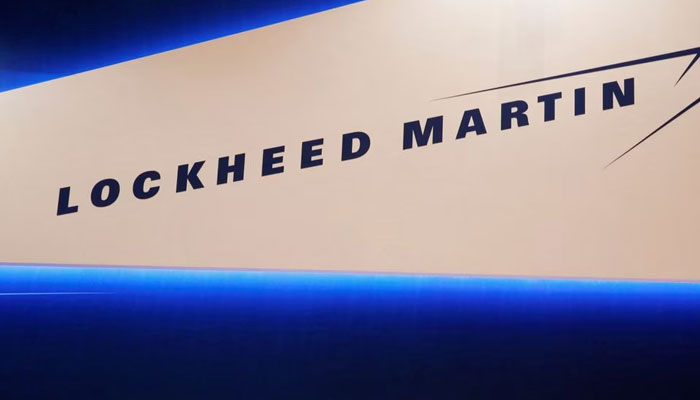NASA, DARPA partner with Lockheed Martin nuclear-powered spaceship
Groundbreaking contract, valued at $500 million, is a major jump in space exploration with nuclear thermal propulsion engines
July 27, 2023

Lockheed Martin, a prominent weapons manufacturer, has been chosen by a US Department of Defense agency and NASA to lead the development of a nuclear-powered spacecraft under the ambitious Demonstration Rocket for Agile Cislunar Operations (DRACO) project.
The groundbreaking contract, valued at approximately $500 million, aims to revolutionise space exploration with the introduction of nuclear thermal propulsion (NTP) engines.
The project envisions a faster and more efficient propulsion system, with nuclear-powered rocket engines transferring heat from a reactor to hydrogen propellant to produce thrust. This advancement holds the potential to significantly reduce transit times between destinations, a critical factor in safeguarding crew members from radiation exposure during human missions to Mars.
Kirk Shireman, Vice President of Lunar Exploration Campaigns at Lockheed Martin Space, expressed excitement about the project's potential: "These more powerful and efficient nuclear thermal propulsion systems can provide faster transit times between destinations. Reducing transit time is vital for human missions to Mars to limit a crew's exposure to radiation."
Lockheed Martin will collaborate with Virginia-based BWX Technologies to create the nuclear fission reactor for the engine, while the Department of Energy will contribute high-assay low-enriched uranium (HALEU) fuel for the reactor.
The DRACO project aims to achieve the first-ever in-space demonstration of nuclear thermal propulsion. Previous attempts, such as NASA's NERVA program in the 1960s and 70s, focused on developing nuclear-powered rocket engines for deep-space missions, but no operational flights were executed.
With safety being the top priority, Lockheed Martin emphasised that the reactor will remain inactive until the spacecraft reaches a nuclear safe orbit, ensuring the system remains benign until it reaches a safe environment. Tabitha Dodson, programme manager for the DRACO program at DARPA, further clarified, "A reactor that has never been turned on is cold and benign. You can put your hand right inside the core and touch the fuel like you would any other heavy metal."
However, concerns about potential operational failures during launch or in space have been raised. A launch failure plunging the spacecraft into the ocean could pose risks of radioactive material dispersion. To mitigate this, BWX Technologies plans to install "poison wires and poison systems" to prevent the reactor from becoming a major hazard if it comes into contact with water.
The demonstration of the nuclear thermal rocket engine is scheduled for no later than 2027, promising exciting possibilities for faster and more efficient space travel. As Lockheed Martin spearheads the historic project, experts will closely monitor its progress, marking a significant leap towards the future of space exploration and defense.









